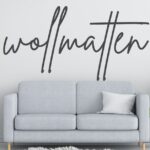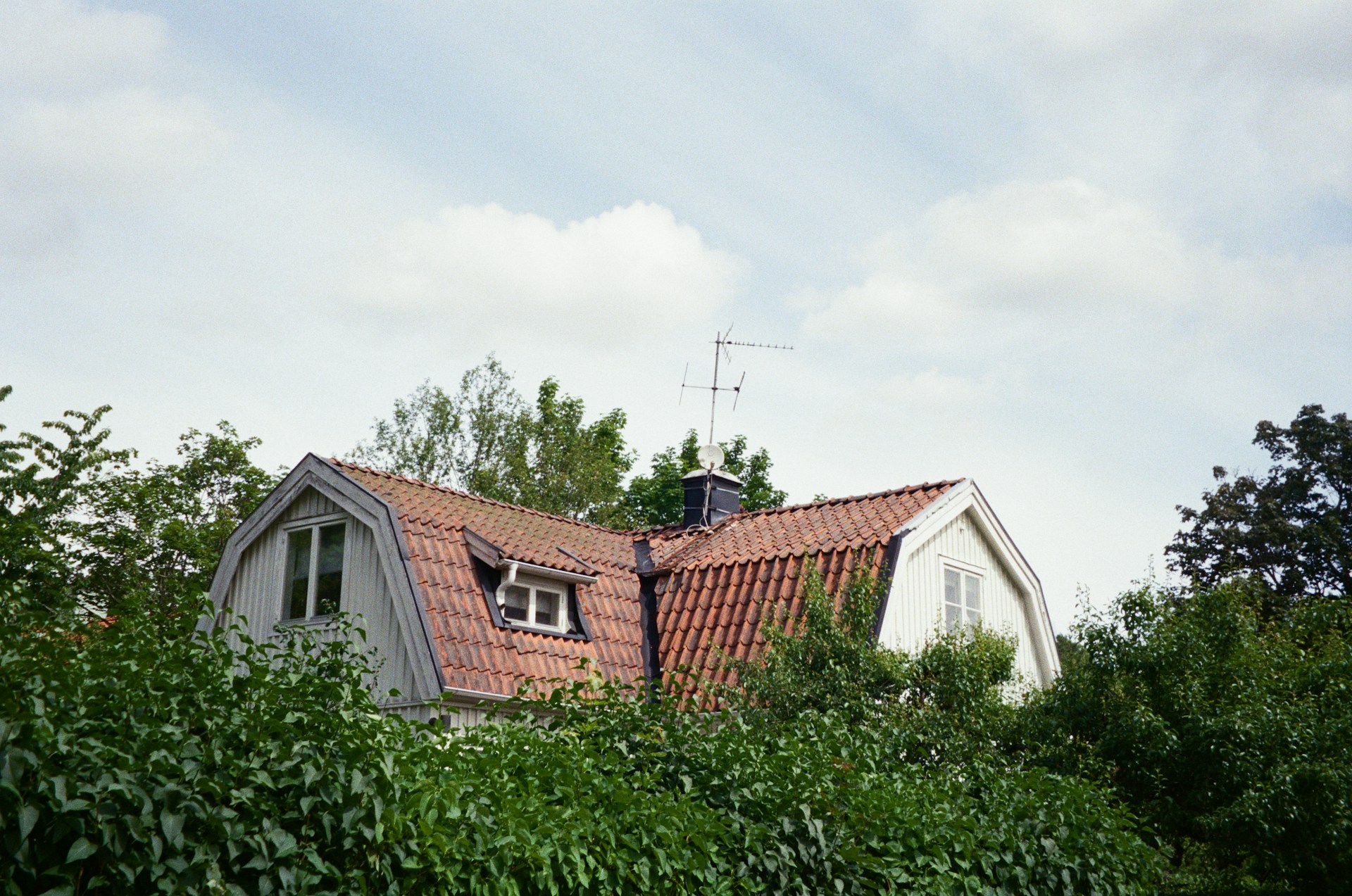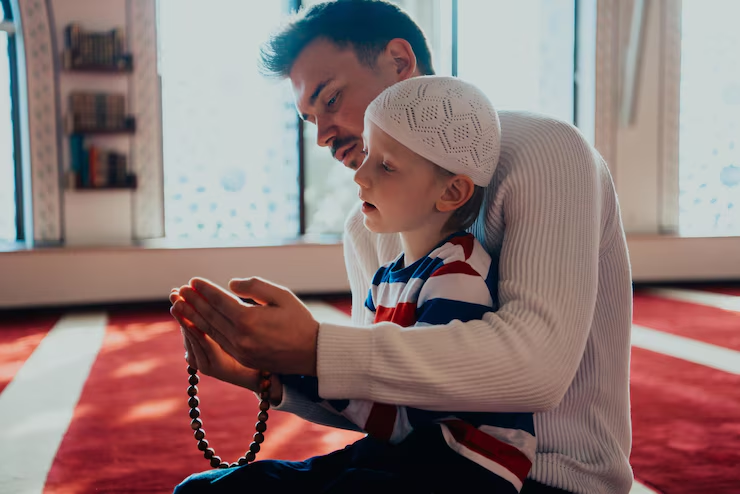Jennifer Pettus applied to Venison earlier this fall. She was one of those artists who I looked at with growing enthusiasm. As I worked my way through her portfolio my questions grew mountainous, so, I contacted her right away. Over the following months, Jennifer and I emailed back and forth, bellow is an edited down glimpse into our online correspondence.
October 5th
Thank you for contacting me. I am definitely interested in an interview!!! Just let me know when you’d like to get started. I took a look at the timeline you provided and it should be no problem to follow it.Looking forward to working with you!
Best,
Jennifer
October 9th
Yes! I did get your email but opened it in one of those moments where you don’t have time to respond and then semi-forgot to write back. I’m sorry about that. I juggle the runnings of Venison with my own art practice and sometimes I disappear into a black hole of making only to reappear into reality with a stack of Ven emails. Since I’m at the computer now and I have loads of interviews this issue, let’s just jump right in!
(I’ll send you a few questions, you can write back and then I’ll send more, kind of like a conversation through emails)
-Amber
October 12th
Ah yes, I know that situation of juggling things very well. Here are my answers to your initial questions:The first piece I saw on your website was “Pussyfooted” which are phallic, sparkly, hanging sculptures complete with lace. I’m curious, what questions are you asking here? I think a lot of my work addresses function. What is the function of art? Can an art object physically function (rather than conceptually) in the “real” world or would that use turn it into something else? Does it become less valuable? What happens when function isn’t clear? Most of my work implies some sort of function but doesn’t disclose what that is.In this piece it could be a puppet, a tool, a piece of furniture, a costume, a weapon, a sex toy, all of the above, or many other things I haven’t even thought of.So I’m questioning the ways value is attached to an object in regards to its function or use. To this end, I really like to play with unlikely combinations that reference ideas and materials that are overlooked or undervalued.
As I adventured further into your portfolio I kept being elated by your titles. Titles like Double Dutch and Crackerjack echo back to childhood. How do you name a piece and what do you hope the viewer gets out of the combination of sculpture and title?
I have to admit that I often have trouble titling my work. Attaching too many words to a visual piece can really box it in and I’m more interested in leaving things open. There is an element of humor in my work and that often comes out in the titles. They do reference childhood a lot. I often come up with titles very late in the process and will usually just free-associate words until something strikes me as a good fit. It is a matter of figuring out the personality of the piece before assigning a name.
In your bio you talk about being a mother first. Which resonated with a few conversations I’ve had recently with some fellow female artists, about the prospects of motherhood and the impact it has on a professional art career. When I hear someone is an artist and mother, images of scrapbookers and hobby shops come to mind, so, I’ve been questioning why motherhood strips the legitimate nature of careers, while fatherhood adds just warmth and complexity.
On top of that, as an artist who works in embroidery and crafty fiber materials, we are already fighting against these labels and assumptions of being a crafter and not a contemporary artist. Then, in America we seem obsessed with the conversations surrounding careers and motherhood being unsustainable, (while in other countries, this isn’t a big deal).
So, my take-away from your artist statement, which talks about process, is that your work is taking the “mom/crafter” and legitimizing the obsession of making with the validity and seriousness of a “Contemporary Artists”. You’re using material choice and methodology to take this “crafty mom” to a level that can’t be ignored. I’m envisioning a “mad crafter’s lab” with you as this scientist of motherhood. Haha
How do you feel you are part of this conversation?
Ha!
That is a great visual! I’ve also heard “alien grandma” a lot.
I definitely feel the bias of not only being a female artist but one with young children. It is a constant battle to reconcile being an artist, which often calls for intense self-reflection, with being a mother, which requires a lot of self-sacrifice. I’ve heard so many artists (some of them women) say that you can’t be a successful artist if you are a mother. Being a mother always gets tagged onto being an artist while being a father does not. So success is determined in spite of being a mother, not because of it.
To me I am successful if I’m able to continue to make and show my work, engage and share ideas with anyone who is interested. So I think the definition of success is key to how you operate. Still it’s an internal battle with myself and an external battle with the art world to feel that what I’m doing is legitimate and worthy.
There has been recently a real solid group of artists working in fiber or mixed media in non-traditional ways, bringing the decidedly male-dominated fine art and female-dominated crafting worlds together, that I think is really exciting and truly carving out a new place in the art world. As far as my work goes, I really do try to combine the aesthetics, methods and materials of traditional craft and fine art so that their co-mingling becomes something else altogether. I am not using materials that are part of the fine art canon but I’m applying a fine art approach and I’m not using fiber materials in a way that many traditional fiber artists would endorse.
But I think the separation between craft and art is arbitrary and dated. I think the idea of grey areas or fluidity (not only in terms of art but gender, sexuality, politics, etc) is just recently being embraced. I love the idea that art is like a membrane where ideas are constantly seeping, shifting and changing and I think that’s what this new fiber-based mixed media work does very successfully.
Materials seem very important to your sculptures. You speak about your process of collecting and making pieces that become parts of pieces. Materials are the only information listed next to title and size. Did you always work in this array of materials, or how did this come about in your practice?
Materials are hugely important and while I haven’t always worked in such a wide variety of materials, I have always looked to things that are tactile, reference the body in some way and/or are not typical to traditional art-making. For example, I used to work a lot with human hair, twisting it around wire and creating forms or sewing it into fabric to create images or text. I also used to do more installation work where I played with light and shadow. I used textiles and oddball found objects but not to the extent that I do now. Over the years my work has been condensed from large installations to material-centric, almost obsessively detailed objects.
Generally I don’t sketch my ideas out and work toward realizing that sketch. I play with materials that I find interesting and that play will trigger ideas. I often make multiples of objects or use repetitive stitching or mark-making to work through ideas. I don’t like to use any material as is. So I’m altering found materials and creating new materials. Putting the parts together is also a matter of playing and experimenting. Your comment about imagining a mad scientist of crafting and motherhood really hits home as a good description of what I do (with maybe a little less maniacal laughing) Ha!
You mention that your sculptures are “stand-ins”. What are they standing in for? Stories? Struggles? Lifestyle?
I think they are stand-ins in the respect that they reflect my reality and are conglomerations of all the stuff I absorb and secrete but they are ultimately dramatizations of that reality. I often see my work as props that are part of a larger story and they offer clues to what that story might be. A theatrical prop resembles a real thing out in the world but is not meant to BE that thing. It is temporal, maybe fragile, not meant to last. So again the idea of function comes into play. I loved mystery stories when I was a kid because I loved the challenge of putting the clues together to find an answer. I think each piece I create is like a little mystery for the viewer to figure out but the twist is that there really is no one answer. I’m asking them to complete the story for themselves.
Thanks!
Jennifer
October 13th
I’ve got further questions below, and some ideas on what you said, feel free to expand further! What is your studio space like?
I have a studio space in the basement of my home. There are two walls for hanging and a workbench. Since I work on more than one piece at a time I tend to pull out a lot of materials that I keep within eyesight. So that translates into a bit of a constant mess. I do end up using many other rooms in my home partly because I need the space and partly because I need to be where my kids are. I will hang things all over the house if I need the space and I have a drafting table set up in my living room for drawing. I also use space in the backyard for any materials that need ventilation and for dyeing fabric. A lot of my pieces and parts are portable so I can work on them when I’m away from home as well. It is so true that the idea of a successful career in art is very much in the eye of the artist. There are so many ways you can find success in an art career and discovering what role you would like to play within the larger art conversation is very important in finding satisfaction through what you do. There are just endless options and all of them are stocked full of hard work, it takes a certain amount of self-discovery to find your own path and I see a lot of young artists struggle with choosing where they want to go or battling with an expectation of what they should do.
I totally agree. There are many more options that fall under the title “Artist” and they are all viable and worthwhile. For me personally, I think my experience in art school really defined my direction. My work has never been mainstream or marketable so I never put the expectation on myself. I have recently considered trying to do some side projects that could make money but it hasn’t turned into anything yet.
This is a tough question because it depends on your definition of strange. I use a lot of non-traditional materials that could be described alternately as strange, grotesque, or funny. I’ve used human hair, chewing gum, dental floss. I’ve dyed fabric with juice, coffee, and tea or stained it with tomatoes and strawberries. I’ve used orthodontic resin to create “retainers” for pieces of coal. I’ve used parts of shoes, embroidered balloons, nail polish, milk of magnesia, calamine lotion. It would be almost impossible to pick just one piece.I’ve just been redesigning my own website in effort to bring organization to my work and I find it intriguing that you have sectioned your sculptures by Suspended, Affixed, Upright, and Framed. I guess I am wondering how you came to these choices?
I had previously categorized my work chronologically and by the title of the show they were displayed in. I felt the work was getting lost in the dates/titles and maybe people wouldn’t look past that to click on the image. I collaborated with my site designer to come up with another way to organize the work that got rid of dates and organized more by arrangement. I chose names like “Suspended,” “Affixed,” and “Upright” to indicate the way the work was made and presented.Who are some artist, in this fiber art movement that people should definitely check out?
Shinique Smith, Nick Cave, Leisa Rich, Megan MacDonald, Amanda McCavour, Nora Fok, Debbie Smyth, Alana Tyson-Cheers,
Amber
October 16th
side note: Amanda McCavour is awesome, I’m not sure if you know, but we interviewed her in our Spring 2015 issue. Along with Lauren Hartman and Terry Boyd, two other fiber artists that I’d check out if you haven’t. ;)Finding the best way to display your work is essential and often lost through chronological ordering. I really like your choices.I want to touch base with you and ask if there is a direction you would like the conversation to go in, or if there is a subject you are interested in discussing.
So I guess, what has been on your mind lately?
October 18th
THi Amber,
Sorry for the slow response. I’m fighting a cold so I’ve been laying low for the past few days.
I’m not totally sure what direction this should go. At the moment I’m finishing up a collaboration with 2 other artists that is based on memory. We’ve been friends for 20+ years and have come in and out of each other’s lives during that time.
So the piece is a reflection, literally and figuratively, on our experiences since we first met and the way memory and stories are created and transform over time. We’ve also been re-reading a few texts that deal with memory, time, and relationship to space and place which were also important, formative influences when we were all starting out as artists.
The paths we’ve taken have been very different and our work is very different but we are all still making work with similar themes. The actual piece is a floating grid containing transparent drawings and images suspended over matching boxes filled with black reflective resin.
The drawings reflect into the boxes and change depending on the viewer’s position. It’s a different process than what I’m used to and it’s nice to change things up and bounce ideas off of other people. I’m used to keeping my work close to the chest until it’s finished.
What are the other’s artist’s names/fields?
Sandy Lane and Laura Mongiovi are the two other artists. Sandy’s work explores memory, genealogy, and mapping. Laura’s work is centered on sensual memory. Sandy proposed that we work together on some common themes in our work, particularly our different interpretations of memory. Sandy’s husband Terry has also been integral in helping us realize the construction of the piece.
By the way, I looked at your site and I really love your piece “Hum.” I also noticed that you grew up in NW Arkansas. I grew up in SE Kansas (Pittsburg) not far from Joplin, MO, and Ozark country. That small-town/rural experience contrasted with the suburban/city experience later in life still shapes a lot of what I do and I would imagine for you as well?
Best,
Jennifer
October 23rd
No worries! Sorry for my slow response! haha I’ve also been sick.
Thank for the feed back on Hum! I just finished with that piece.
That’s so cool that you are from Kansas!! I love discovering other artists who have come out of the Ozark area. I draw a lot of inspiration out of the stark differences between american culture of the south and the Bay Area. It’s like night and day.
I’m sending you some final questions.Thanks and I hope you feel better!!!
-Amber
November 1st
My responses are below. I had a tough time answering the last question and I don’t think I really did get to what you were asking. And I feel like I’m starting to repeat myself a bit. I can clarify if there’s something that doesn’t make sense.
Hope you are well.What kinds of things about the culture you grew up in did you notice was unique to that area once you left? How has this informed your practice?
I have really agonized over this question. I’m not sure I can really answer it. I have strong, mixed feelings about the area where I grew up. My experience in a small town defined who I was and the artist I would become and my use of throwaway or undervalued materials I think has its roots here.I think you hit on something about your treatment of objects. I have a lot of relatives who still live in the south and there is a culture of collecting what other people would throwaway. Piles of car tires sit under a porch, disorganized knick knacks litter surface tops; it’s something I’ve seen more in the south than in California. (Although you could argue it is more socio-economic and less geographic.) I guess I’m saying, that seeing value where others see trash is something very interesting and I believe relevant to your practice.
And maybe the comfort/inspiration of being surrounded by objects vs anxiety of disorganization?
My time in the Midwest obviously had a huge influence on my work but not in a way that’s always apparent to me. Hence the struggle to articulate. Like other influences it sort of works its way out organically as I make and sometimes things become more evident. I feel I am creating little mysteries for which even I don’t have the answer. It just spills out of me and takes form as a result of a physical and emotional interaction with materials. I am attracted to certain materials and ways of working in part because they recall something from that time. I work from my memory of the place as a child, which is a bit fuzzy and also more of an emotional recollection.
You’re right there is a tradition of collecting in that area of the country and many other rural areas. I always saw it as more generational (socio-economic) than geographic. My father’s parents were part of the Greatest Generation, grew up poor/rural and did not waste anything. They weren’t collectors necessarily but they did instill a sense of self-sufficiency, making do, and using everything you have.
Another tradition that was a huge part of Christmas with my dad’s family was the exchange of joke gifts. Not so much store-bought gifts (although there were a few of those too) but handmade, campy, sometimes raunchy gifts. I was told the tradition started with a great uncle or cousin when my dad was young and somehow he took over the tradition. I ended up being his apprentice for a lot of it. My dad and I made the majority of the gifts and sometimes we addressed then from random people but mostly they were from Santa’s alter ego “Santy.” I remember how much fun it was to come up with silly ideas and how much laughter it brought to the whole family. We transformed things like scrap wood from my grandfather’s woodshop or strange looking root vegetables with drawings and other odds and ends to make “sculptures” that we would present as gifts. We made “kits” for people that contained items that were shoddily wrapped, stained and/or used and presented in a way that lovingly mocked our own “hillbilliness.” Sometimes we would take things from our relative’s homes, wrap them, and give them back as gifts. The adults would exchange more raunchy gifts but there was little attempt to hide them from the kids. It was the biggest part of Christmas and every year the goal was to top the year before. We still do it to a smaller extent with my immediate family. Sometimes I think my art practice is a direct extension of this kind of making. I am making these objects out of scraps and throwaways with elements of humor and sexuality but working materials with a nod to both craft and fine art aesthetics. There is more to it than that but there really is a foundation here.
Thanks!
Jennifer
November 3th
Thanks for talking with us!Cheers,
-Amber











